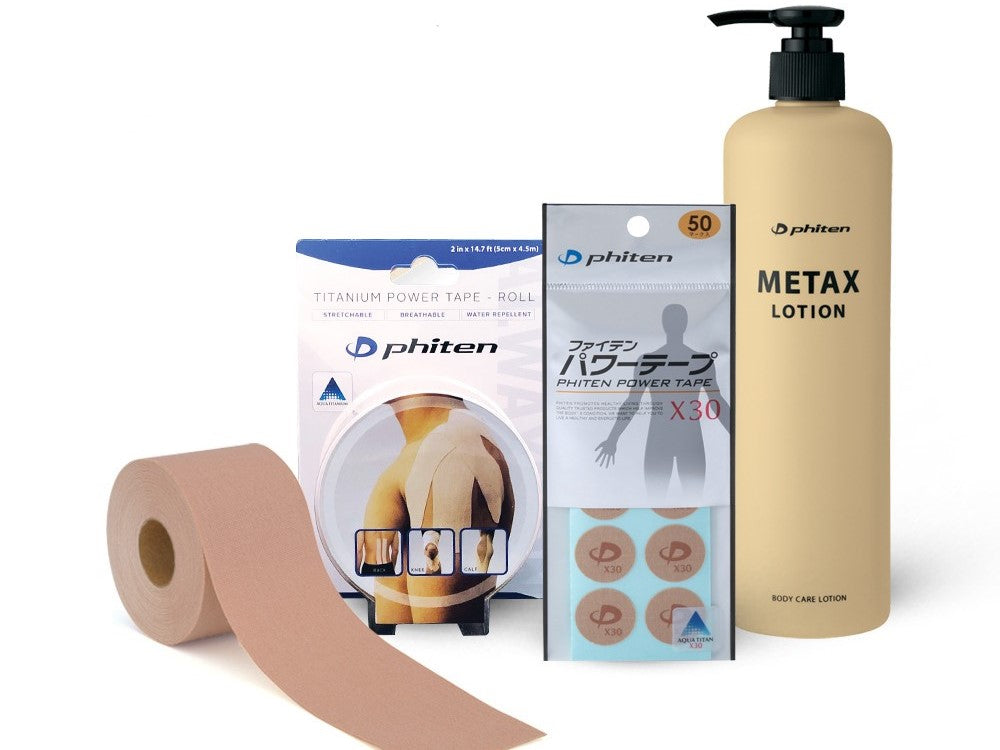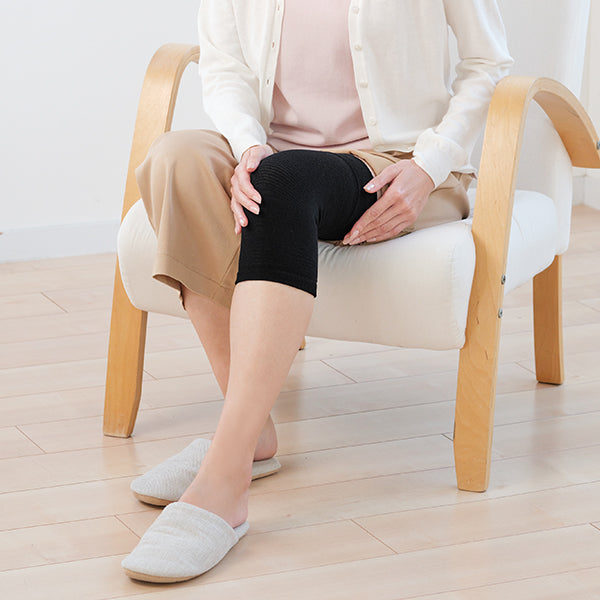Wrist Wellness: Managing Arthritis Effectively
Hello, Valued Phiten Customers,
Welcome back to our series on the causes of wrist pain. This week, we're focusing on arthritis, a complex condition that encompasses various issues causing pain and reducing flexibility in your wrists. Let's explore how arthritis can impact your daily activities and discuss some ways to manage it.
Understanding Arthritis
Arthritis in the wrist involves the inflammation of one or more joints, leading to pain, stiffness, and sometimes swelling. There are primarily two types of arthritis that affect the wrist: Osteoarthritis and Rheumatoid Arthritis.
Osteoarthritis
Causes:
Osteoarthritis is often referred to as 'wear and tear' arthritis. It occurs when the cartilage that cushions the ends of bones wears down over time due to aging, repetitive use, or both. This form of arthritis typically affects older adults and results from the cumulative stress on the joints.
Symptoms:
The primary symptoms of osteoarthritis include joint stiffness and severe pain, which increase as the protective cartilage wears away and the bones begin to rub against each other. This friction can lead to a decrease in joint mobility and an increase in discomfort, particularly after periods of activity or prolonged use.
Rheumatoid Arthritis
Causes:
Rheumatoid arthritis is an autoimmune disease that occurs when the body’s immune system mistakenly attacks the synovium, the lining of the joints. This results in inflammation and damage, and the condition can affect anyone at any age, characterized by disease flares and remission periods.
Symptoms:
Symptoms of rheumatoid arthritis include tender, warm, and swollen joints. Unlike osteoarthritis, it often leads to joint deformity and significant functional impairment as the disease progresses. This type of arthritis typically affects joints symmetrically (such as both wrists) and can also include systemic symptoms like fatigue, fever, and weight loss due to the body-wide impact of the inflammation.

Prevention and Management
Managing and preventing arthritis involves a combination of lifestyle adjustments, medical treatments, and physical strategies to reduce symptoms and slow disease progression:
- Regular Exercise: Engaging in regular, moderate exercise helps maintain joint function and reduce stiffness, which is crucial for both osteoarthritis and rheumatoid arthritis.
- Weight Management: Maintaining a healthy weight reduces stress on weight-bearing joints, decreasing the risk of osteoarthritis progression and alleviating pressure in inflammatory conditions like rheumatoid arthritis.
- Joint Protection: Using supportive devices such as braces or splints can stabilize and rest the joints, reducing symptoms and preventing further damage, especially relevant in rheumatoid arthritis.
- Ergonomic Adjustments: Ensuring that workspaces and daily activities do not exacerbate joint stress can help manage both types of arthritis. This includes using ergonomic tools and furniture to maintain proper posture and alignment.
- Diet and Nutrition: Eating a balanced diet rich in antioxidants and anti-inflammatory foods can benefit both conditions. Specific dietary strategies can also address rheumatoid arthritis, where systemic inflammation plays a significant role.
- Medications and Medical Interventions: Non-steroidal anti-inflammatory drugs (NSAIDs) can reduce pain and swelling in osteoarthritis and rheumatoid arthritis. For rheumatoid arthritis, more advanced treatments like disease-modifying antirheumatic drugs (DMARDs) or biologic agents are often necessary to control the autoimmune aspects of the disease. In severe cases of both conditions, surgical interventions may be considered.
- Professional Guidance: Regular consultations with healthcare professionals help manage the disease effectively, adjust treatments as needed, and monitor overall health.
We hope this deep dive into Arthritis enhances your understanding of how to recognize and address this common source of wrist discomfort. Stay tuned for our next newsletter.
Stay informed, stay healthy,
Disclaimer:
Please note that the information provided in this newsletter is for educational purposes only. It is not intended as a substitute for professional medical advice, diagnosis, or treatment. Always seek the advice of your physician or other qualified health providers with any questions you may have regarding a medical condition. Individual cases may vary, emphasizing the importance of personalized medical advice.







